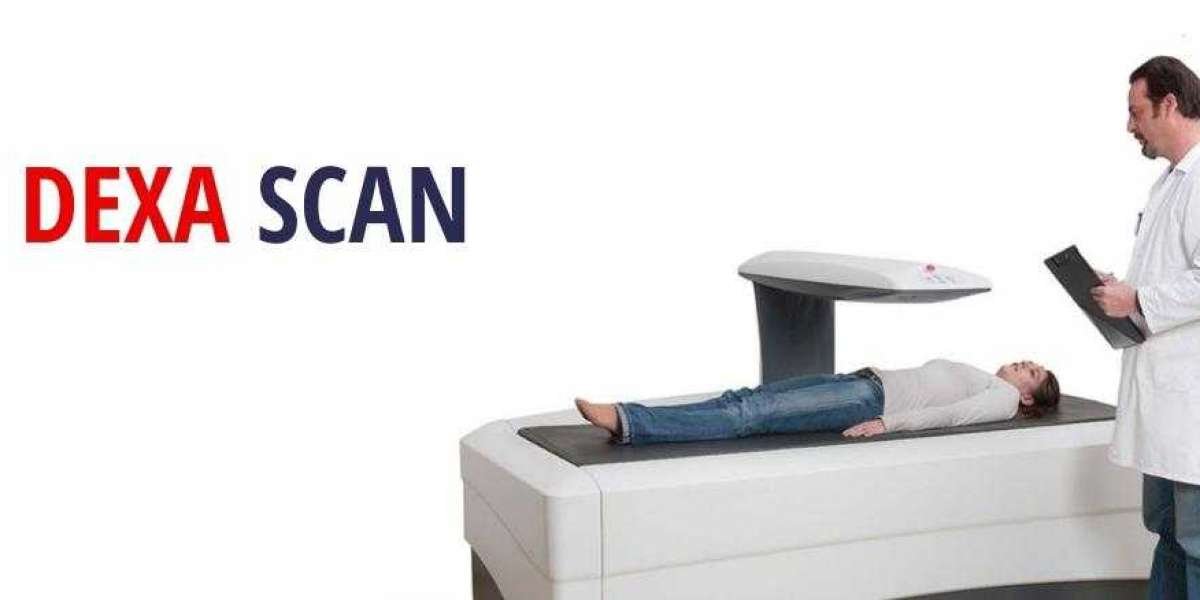In the realm of medical diagnostics, precision is paramount. Identifying health issues accurately lays the foundation for effective treatment and management. One such tool that has revolutionized the field of bone health assessment is the Dexa Scan .
What is a Dexa Scan?
Dual-energy X-ray absorptiometry, abbreviated as Dexa or DXA, is a non-invasive imaging technique primarily used to measure bone mineral density (BMD). It's most commonly used to diagnose osteoporosis, a condition characterized by weakened bones prone to fractures. However, it also serves other purposes such as assessing the risk of developing fractures, monitoring the effects of treatment for osteoporosis, and evaluating overall body composition.
How Does It Work?
During a Dexa Scan, the patient lies on a table while a machine passes low-dose X-rays through the body, typically targeting areas like the spine, hip, or forearm. These X-rays are composed of two different energy levels, allowing for the differentiation between bone, soft tissue, and fat. By measuring the amount of X-ray absorption at each energy level, the machine calculates bone mineral density.
Why is it Important?
Early Detection of Osteoporosis: Osteoporosis often progresses silently, without symptoms, until a fracture occurs. Dexa scans can detect bone density loss early, enabling interventions to prevent fractures before they happen.
Assessment of Fracture Risk: Dexa scans help in estimating the risk of fractures by evaluating bone density. This allows healthcare providers to tailor treatment plans and lifestyle modifications accordingly.
Monitoring Treatment: For patients undergoing treatment for osteoporosis, Dexa scans serve as a vital tool to monitor the effectiveness of medications and lifestyle changes over time.
Body Composition Analysis: Dexa scans provide detailed information about body composition, including bone mass, fat mass, and lean muscle mass. This data is valuable in assessing overall health and guiding interventions for conditions like obesity and sarcopenia.
Who Should Get a Dexa Scan?
While Dexa scans are commonly recommended for postmenopausal women and older adults, certain factors may prompt earlier screening:
Individuals with a family history of osteoporosis or fractures.
Those with medical conditions or medications that increase the risk of bone loss.
Anyone who has experienced a fracture after a minor fall or injury.
Individuals with significant weight loss or height loss.
What to Expect During the Procedure?
Dexa scans are quick, painless, and typically require no special preparation. Patients may be asked to remove jewelry or metallic objects that could interfere with the scan. The procedure usually takes 10 to 30 minutes, depending on the areas being scanned.
Interpreting the Results
Dexa scan results are reported as T-scores and Z-scores.
T-score: This score compares a person's bone density to that of a healthy young adult of the same sex. A T-score of -1 and above is considered normal, between -1 and -2.5 indicates osteopenia (low bone density), and -2.5 and below indicates osteoporosis.
Z-score: This score compares a person's bone density to that of individuals of the same age, sex, and size. A Z-score significantly below the average for one's age group may indicate other underlying conditions affecting bone health.
Conclusion
In conclusion , Dexa scans are invaluable tools in the assessment and management of bone health. By providing accurate measurements of bone mineral density, they enable healthcare providers to identify osteoporosis early, assess fracture risk, and monitor treatment effectiveness. Moreover, Dexa scans offer insights into overall body composition, contributing to comprehensive health evaluations. If you fall into any of the risk categories or have concerns about your bone health, consult with your healthcare provider about the possibility of undergoing a Dexa scan. Remember, early detection and intervention are key to maintaining strong and healthy bones throughout life.



